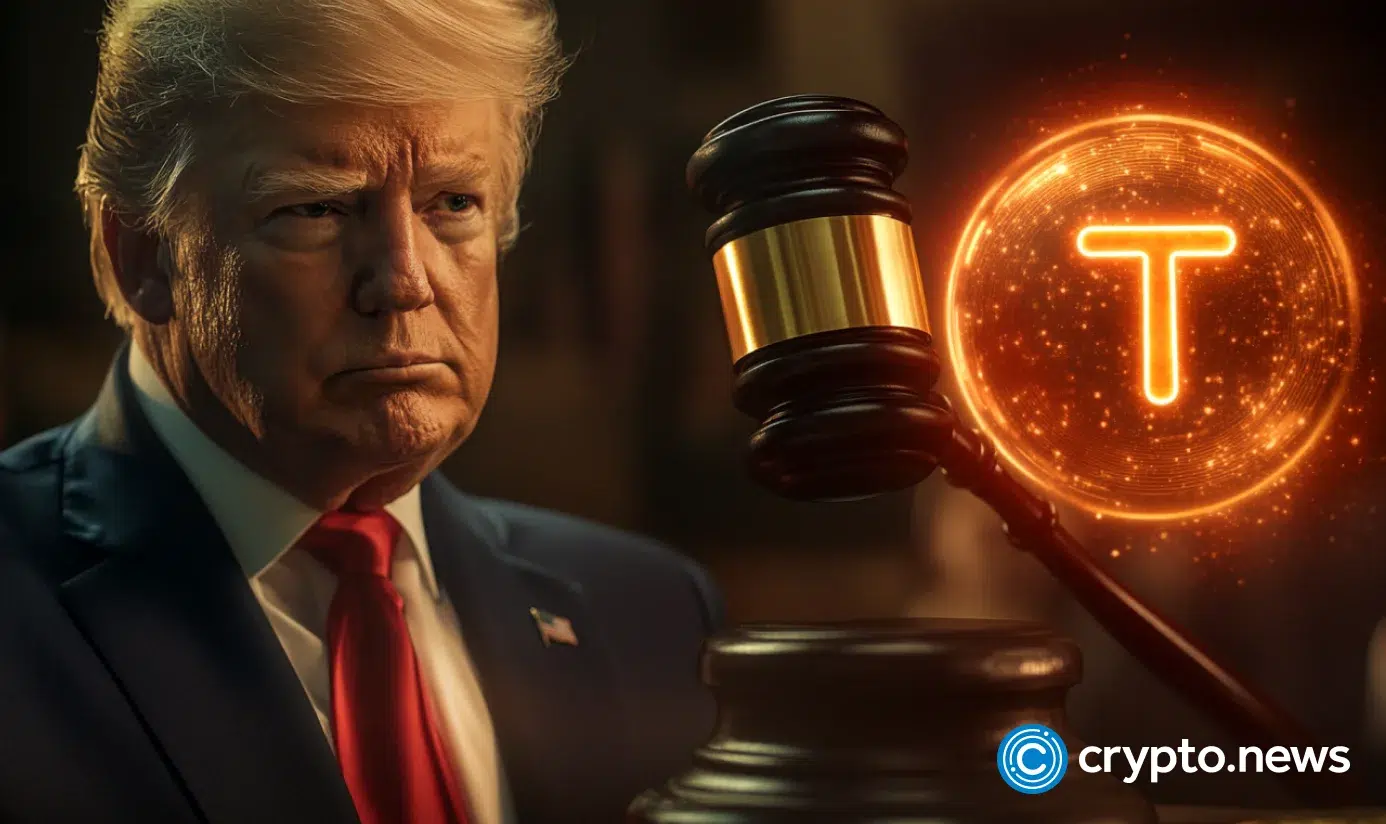Singapore slashes 2025 GDP growth forecast to 0-2% as US-China trade war bites
Singapore's Ministry of Trade and Industry (MTI) announced that it has cut its 2025 GDP growth forecast following the US-China trade war.

Singapore’s Ministry of Trade and Industry (MTI) announced today (April 14, 2025) that they have cut the city-state’s GDP growth forecast for 2025 to “0.0 to 2.0%”, a downgrade from the 1% to 3% range they had previously set.
The cut follows concerns that the US-China trade war could induce a “far sharper economic slowdown.”
MTI’s assessment is that the external demand outlook for Singapore for the rest of the year has weakened significantly. This has led to a deterioration in the outlook of outward-oriented sectors in Singapore. In particular, the manufacturing sector is likely to be negatively affected by weaker global demand.
This, alongside softening global trade, will also weigh on the growth of the wholesale trade sector. The pullback in global trade will similarly dampen the growth of the transportation and storage sector through its drag on demand for shipping and air cargo services.
MTI on the GDP forecast cutMTI added that the finance and insurance sector could simultaneously see weaker trading activity due to risk-off sentiments that will adversely affect the net fees and commission incomes of the banking, fund management, forex and security dealing segments.
The ministry also highlighted that the uncertain economic backdrop will likely dampen firms’ capital investment spending and constrain credit intermediation activity. Furthermore, the growth of payments firms could moderate in tandem with tepid business activity and lower consumer spending.
“Given the significant downside risks, MTI will continue to closely monitor global and domestic developments, and make further adjustments to the forecast if necessary.”
In the first quarter of 2025, the Singapore economy grew by 3.8% on a year-on-year basis, slower than the 5.0% growth in the previous quarter.
Acknowledging the concerns that Singaporeans may have on the uncertain economic environment, Singapore’s Prime Minister Lawrence Wong addressed Parliament on April 8, 2025, stating that a new task force will be formed to address the impacts of the US tariffs.
A rundown on President Trump’s new tariffs
On April 2, US President Donald Trump announced that he would impose a 10% blanket tariff on all goods coming into America from anywhere in the world, including Singapore.
The measures were supposed to take effect on April 9, but Trump backpedalled and declared a 90-day pause on the additional tariffs.
China was exempt from the pause, following past retaliations from the country and currently faces a 145% tariff.
In turn, China raised its tariffs on American goods to 125% last Friday (April 11), which took effect on April 12—marking its third retaliation in the escalating trade war between the two superpowers.
The Trump administration later excluded electronics such as smartphones and laptops from the reciprocal tariffs, which means they will not be subject to the 145% rate levied on China.
But hours later, it played down the exemptions, saying they are included in the semiconductor tariffs, which face a separate round of import tax, with President Trump warning that “no one is off the hook.”
Read other articles we’ve written on Singapore’s current affairs here.Featured Image Credit: The Light Lab/Shutterstock

 JaneWalter
JaneWalter 






























